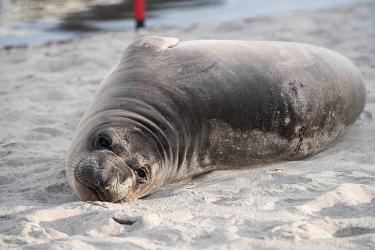The Federal Columbia River Power System (FCRPS) is managed to provide safe and effective passage for juvenile anadromous fish migrating down to the ocean. These passage actions primarily support protection and recovery efforts for the seven salmon and steelhead populations in the Interior Columbia and Snake Rivers listed under the Endangered Species Act.
This diagram provides an overview of the primary ways we measure juvenile survival.
Juvenile in-river survival: Measures the direct survival rate of juveniles that migrate through the river. For Snake River species, it is measured from the beginning of Lower Granite Reservoir to below Bonneville Dam. In-river survival is influenced by dam operations, river flows and temperatures, and predation by birds and other fish.
Juvenile System Survival: Measures the total survival of juveniles that migrate in-river and those that are transported to below Bonneville Dam.
Juvenile Dam Passage: Measures the percentage of juveniles that survive passage through a dam (from the upstream face of the dam through the tailrace). This is also called concrete survival.
Juvenile Downstream Survival Graphs
- Snake River spring/summer Chinook & steelhead juvenile downstream survival: Lower Granite Dam to Bonneville Dam
- Snake River sockeye juvenile downstream survival: Lower Granite Dam to Bonneville Dam
- Upper Columbia Chinook & steelhead juvenile downstream survival: McNary Dam to Bonneville Dam
- Data: all juvenile downstream survival in the FCRPS



